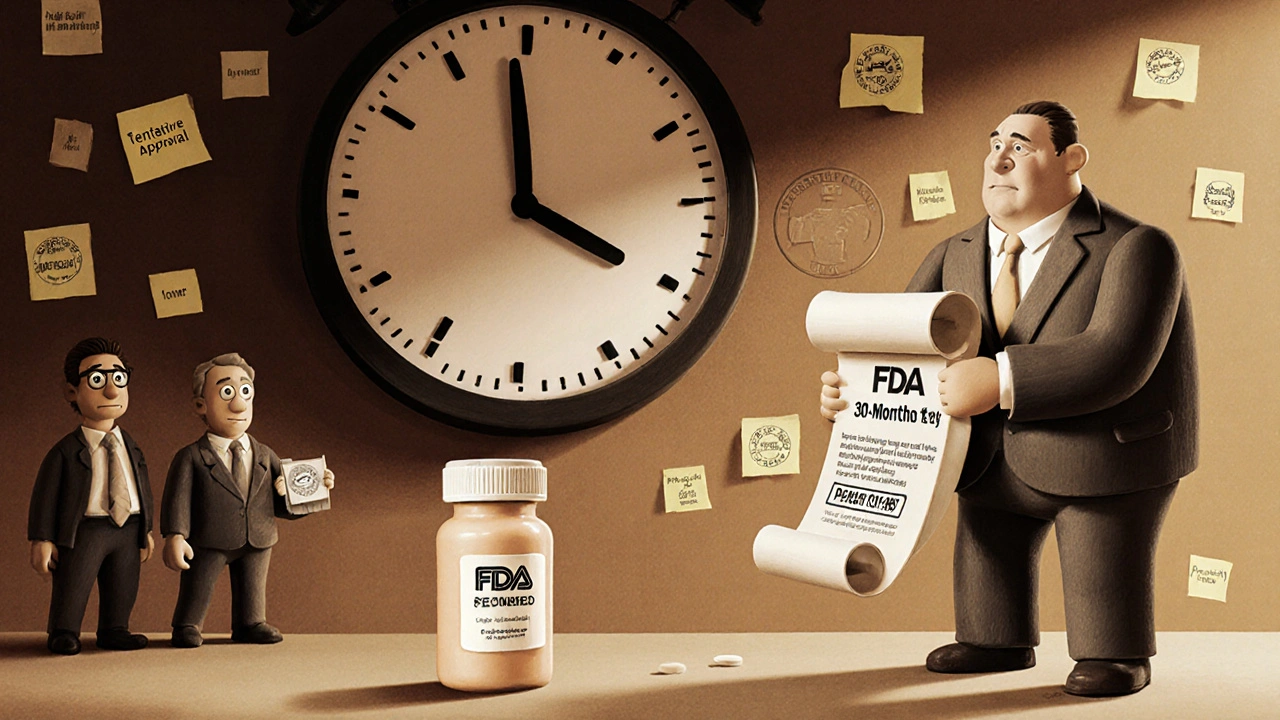Generic Drug Approval: What Makes a Generic Drug Truly Equivalent
When you pick up a generic drug approval, the process the U.S. Food and Drug Administration uses to certify that a generic version of a brand-name drug is safe, effective, and bioequivalent. Also known as ANDA approval, it's not just a paperwork shortcut—it's a strict scientific gatekeeping system that decides whether a pill you pay half for will do the same job as the expensive one. Many people assume all generics are identical, but that’s not true. Some generics work great. Others cause problems because of tiny differences in how they break down in your body. That’s why understanding how the FDA approves them matters—if you’re on lithium, warfarin, or levodopa, even small changes in absorption can mean the difference between control and crisis.
The real key to safe generics lies in therapeutic equivalence, the official FDA rating that says two drugs produce the same clinical effect and safety profile. Only drugs with an AB rating are considered interchangeable. But here’s the catch: not every generic gets that rating. Some are rated AB, others are BX—meaning they’re approved but not automatically interchangeable. Then there are authorized generics, the exact same pills as the brand-name drug, made by the same company, just sold under a different label. These are the closest thing to a clone you can get—same factory, same ingredients, same quality control. If you’re switching from a brand to a generic, asking if it’s an authorized generic might save you from unexpected side effects or treatment failure.
Manufacturing changes trigger another layer of scrutiny. If a company tweaks the coating, the filler, or the release mechanism—even slightly—it has to notify the FDA. That’s where manufacturing changes, modifications to how a generic drug is produced that can affect its performance. These include CBE (Changes Being Effected) submissions and PAS (Prior Approval Supplements), which can delay approval for months. The FDA doesn’t just check the final pill; they inspect the factory, the equipment, and even how the powder is mixed. A change in particle size or dissolution rate might seem minor, but for drugs with a narrow therapeutic index—like lithium or warfarin—it can spike your blood levels into dangerous territory. That’s why some people feel different on the same generic after a refill. It’s not in their head. It’s in the batch.
What you’ll find in the posts below is a real-world look at how these rules play out. From how CYP2C19 genetics affect SSRI generics, to why omeprazole can sabotage clopidogrel, to how misoprostol’s effectiveness hinges on exact formulation—these aren’t theoretical concerns. They’re daily realities for patients and doctors. You’ll see how patient assistance programs help people afford generics, how to spot dangerous interactions, and why some doctors refuse to prescribe certain generics for critical conditions. This isn’t about saving money. It’s about staying safe while you save.

